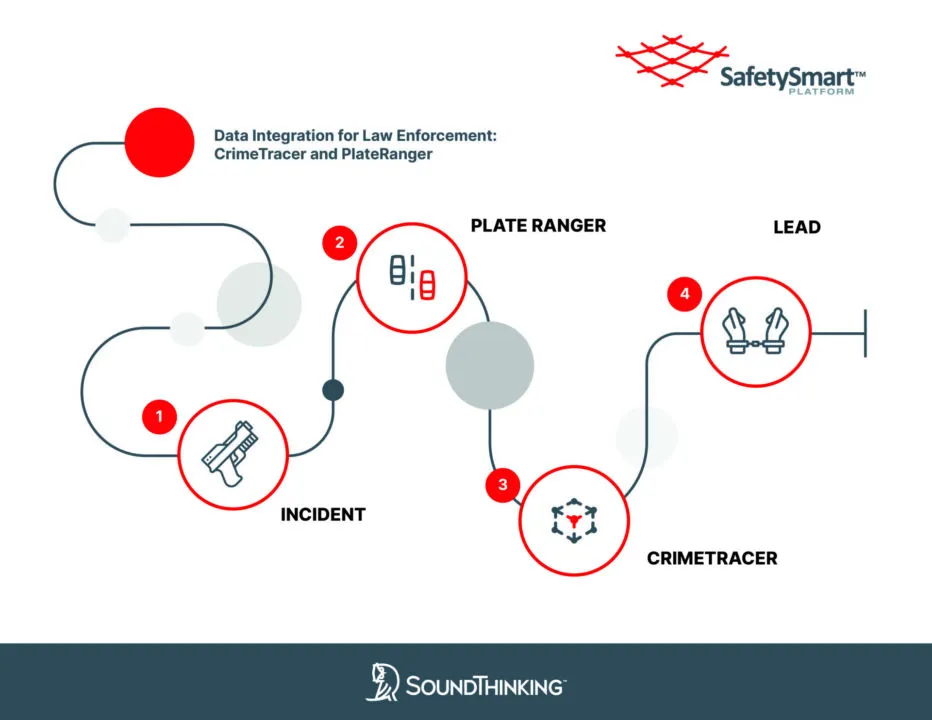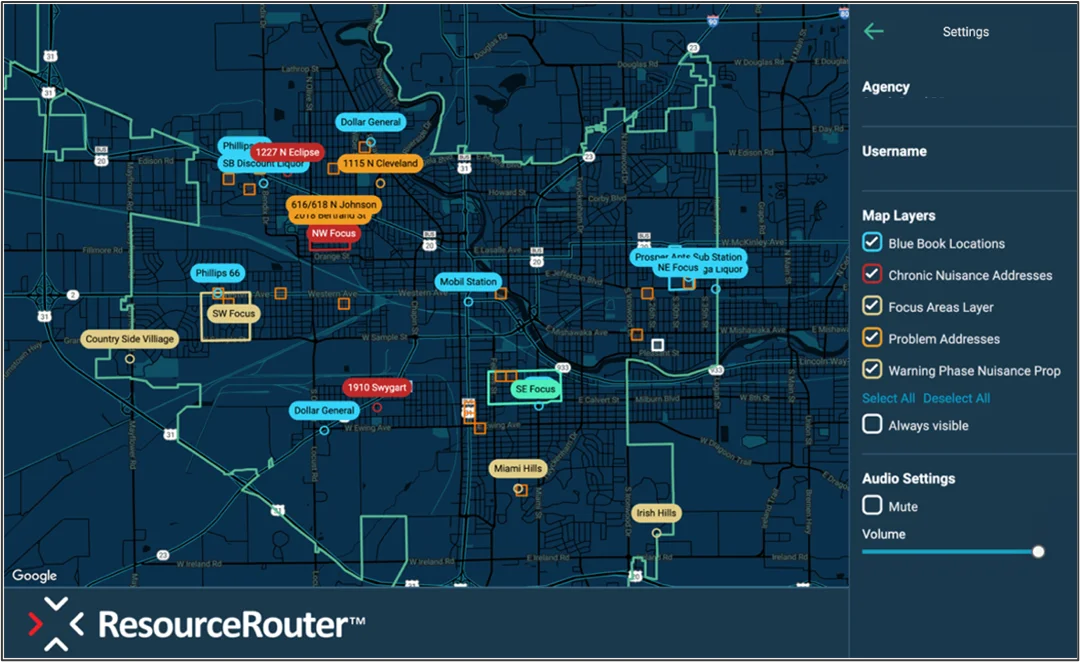In recent years, law enforcement agencies have faced a critical shift in expectations, moving from reactive response models to more strategic, data-informed practices known as evidence-based policing (EBP). Evidence-based policing refers to the practice of using the best available research and data to guide law enforcement decisions, operations, and strategies. The goal is to make informed decisions based on systematically gathered data, not gut-based experiences.
The evolution of EBP reflects broader trends in public service, technology, and data. A 2023 scholarly article builds upon the original definition of EBP from the 1990s to follow more of the EBP actions agencies use regularly, both with and without the help of technology. Today, EBP serves as both a philosophy and a framework—emphasizing that crime prevention and enforcement strategies should be measured, tested, and continually refined.
Why Implement Evidence-Based Policing Today?
Law enforcement agencies today face complex operational challenges that hinder their ability to implement proactive, community-focused strategies. Chronic staffing shortages and high call volumes mean many officers spend most of their shifts responding to 911 calls, with little time left for deterrence-focused patrols or meaningful community engagement. The demands on law enforcement agencies today reach far beyond responding to 911 calls. Sudden crime spikes, special events, community engagement, and proactive policing expectations can make it difficult for agencies to form actionable, adaptive strategies to cover everything, especially in situations of understaffing or high call volume.
At the same time, public and policymaker expectations around transparency are rising, demanding clear data on where officers are deployed and how those efforts impact public safety. Yet officers frequently operate with fragmented or outdated information, as crime analysis information is often obsolete when and if it reaches the field. This limits their situational awareness and ability to respond effectively to evolving conditions.
How ResourceRouter Supports EBP
ResourceRouter addresses these challenges by automating data-driven patrol plans that put officers in the right place, at the right time, for the right amount of time. The platform serves as a force multiplier—maximizing impact by deploying officers strategically using both crime and risk terrain data.
Officers benefit from consolidated, real-time access to operational and safety information through an intuitive interface, eliminating the need to hunt through emails or separate systems. Meanwhile, supervisors and command staff gain visibility into patrol activity and impact, supporting transparency and accountability efforts. This ensures agencies meet operational demands while aligning with modern effectiveness and community trust expectations.
Deploying ResourceRouter for Evidence-Based Policing Success
ResourceRouter offers agencies a modern platform to build and sustain evidence-based practices. Its primary benefits include:
- Automated Directed Patrols: Officers are deployed based on current crime and risk data, maximizing presence in high-risk areas.
- Ad-Hoc Deployment Planning: Supervisors can create specific patrol missions for sudden spikes in crime or large public events.
- Measured Response: Officers are guided to spend optimal 10–15-minute periods in key areas to maximize deterrence without oversaturation.
- Field-Ready Information Access: Officers receive up-to-date operational and safety details, improving situational awareness and engagement outcomes.
- Automated Officer Activity Insights: Supervisors can review and assess officer field work without additional administrative burden.
- Streamlined Reporting: Agencies can produce shift summaries, community engagement reports, and crime impact assessments at the click of a button.
ResourceRouter streamlines patrol management and ensures officers and leadership are equipped to make evidence-based decisions every day.
Benefits of Implementing Evidence-Based Policing with ResourceRouter
- Connect and Synchronize Your Data Systems: ResourceRouter integrates directly with agency Records Management Systems (RMS), pulling agency generated crime incident information. This eliminates reliance on outdated crime maps or manually created spreadsheets.
- Benefit: ResourceRouter also ingests ShotSpotter gunfire data where available, providing additional situational risk indicators.
- Launch Data-Driven Directed Patrols with Optimal Timing: ResourceRouter uses crime data and environmental risk factors to automatically generate directed patrol areas for each shift and recommends the ideal time commitment per area. Officers are prompted when patrol time targets are met, reinforcing compliance with proven deterrence models.
- Benefit: Officers can also submit field observations within the system, creating richer intelligence for agency use.
- Deploy Ad-Hoc Missions to Address Emerging Crime Trends: Supervisors can easily create ad hoc focus areas for specific incidents, whether it’s a rash of vehicle break-ins or an upcoming football game that requires resource planning.
- Benefit: These spontaneous deployments can be layered with known risk data, combining short-term and long-term crime reduction efforts.
- Provide Officers with In-Field, On-Demand Intelligence: ResourceRouter puts recent incidents, field safety alerts, risk terrain information, and mission directives directly in officers’ hands on an interactive, operational map. No more digging through outdated emails or relying strictly on roll call briefings.
- Benefit: Each agency can create customized map layers to show officers essential, location-based information such as gate access codes, trespass letters on file, and known homeless encampments, while they’re on-scene in the field.
- Measure, Report, and Adjust Using Built-In Insights: Supervisors and command staff can access customizable reports showing officer activity by shift, area, and assignment type. Data visualizations and exportable summaries make it easy to track impact and adjust strategies as needed.
- Benefit: Agencies can set up automated shift reports to be delivered daily to supervisors’ inboxes, helping them respond to the community and elected officials when asked how officers are addressing issues of concern.





